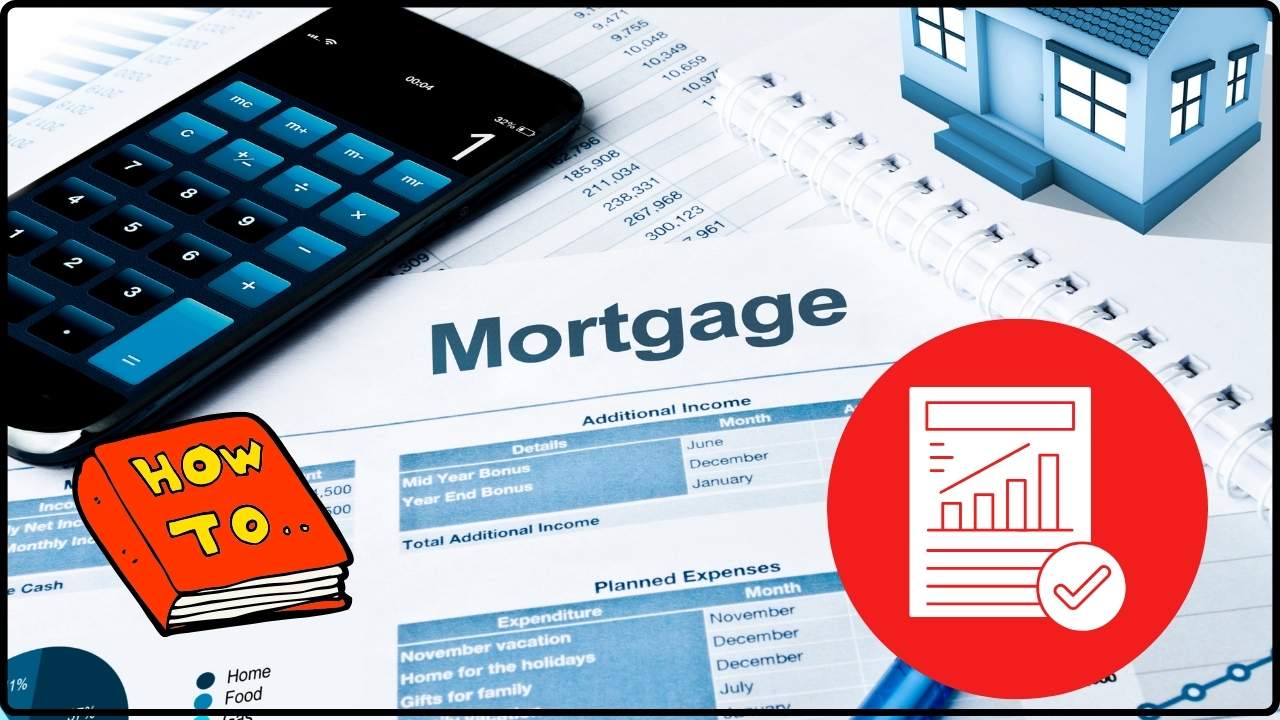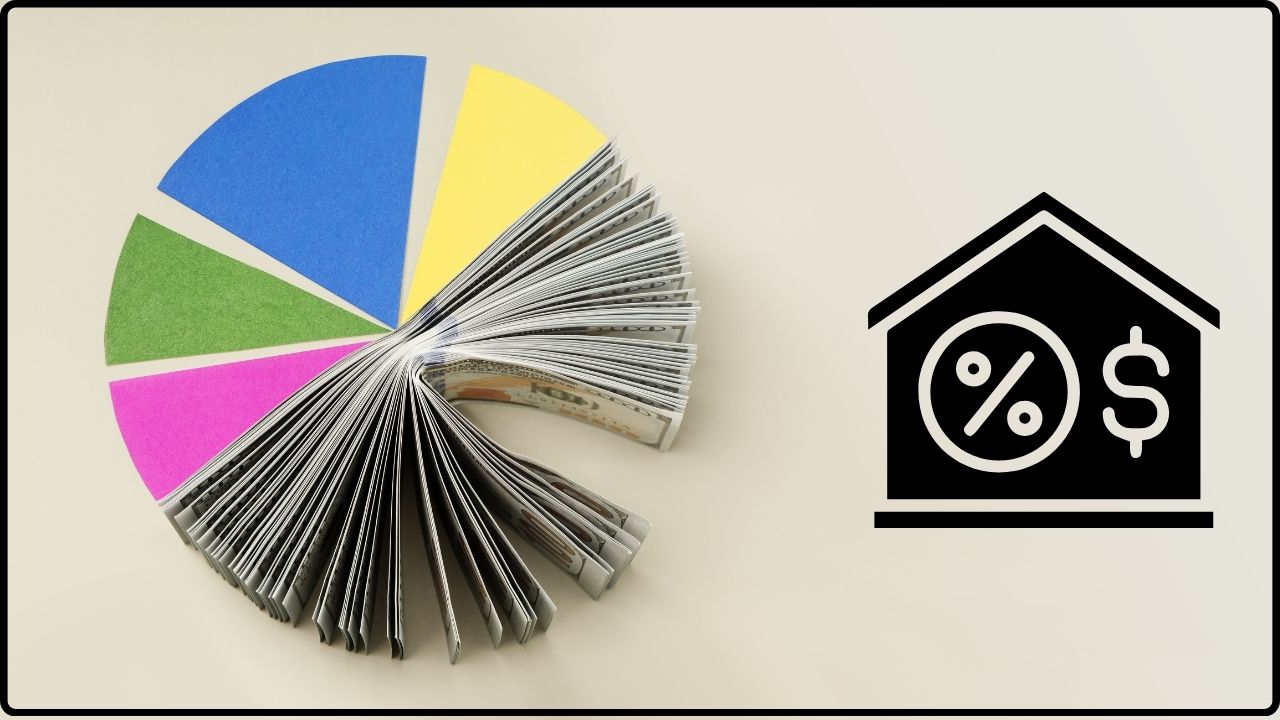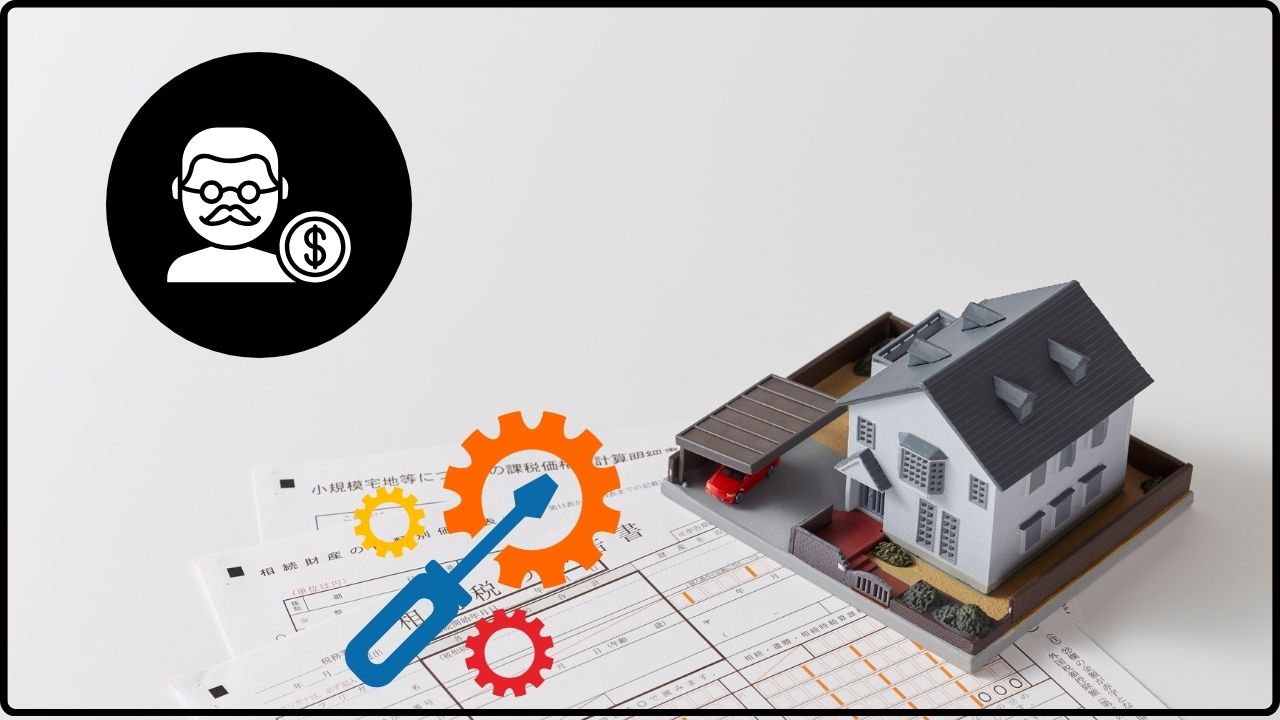The Top 3 Electrical Upgrades: When it comes to boosting your home’s value and slicing those pesky energy bills, the right electrical upgrades can be real game changers. In the US, more folks are waking up to how simple changes—like switching out old electrical stuff—can end up paying for themselves over time. Let’s break down the top three electrical upgrades that not only save you cash but can crank up your home’s efficiency and safety. And don’t worry, this is gonna be straight-up clear, so whether you’re a newbie or a pro, you’ll find something useful. Switching to LED lighting, upgrading your electrical panel, and jumping on smart panel tech are crowned kings in this arena. These upgrades can slash energy consumption, beef up safety, and even unlock perks like rebate programs and smarter home control. Ready to get the lowdown? Let’s dive in.
Table of Contents
The Top 3 Electrical Upgrades
Upgrading your home’s electrical system with LED lighting, a modern electrical panel, and smart panel technology isn’t just about flashy gadgets—it’s about slashing energy costs, boosting home safety, and increasing your property’s value. With LEDs, you get immediate savings and better lighting quality. Panel upgrades protect you and set your home up for modern tech demands. Smart panels bring power management and safety to the next level. Whether you’re a hands-on homeowner or hiring pros, these investments pay for themselves and brighten your home’s future.
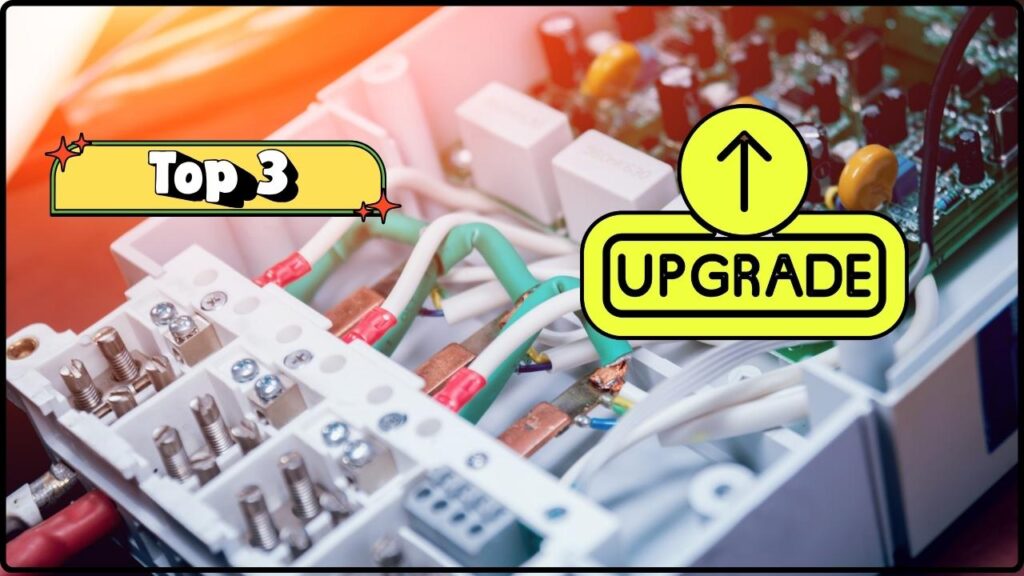
| Upgrade | Energy Savings | Typical Cost Range | ROI & Benefits |
|---|---|---|---|
| LED Lighting | Uses up to 90% less energy | $2 to $10 per bulb | Saves up to $225/year; lasts 25x longer |
| Electrical Panel Upgrade | Modern panels safer & efficient | $1,300 – $4,000+ | Adds home value; supports EV chargers & tech |
| Smart Electrical Panel | Cuts electricity by up to 30% | $2,000 – $5,000+ | Real-time usage tracking; alerts hazards early |
LED Lighting: The Brightest Way to Save Energy
Lighting accounts for about 15% of U.S. home energy use, so switching to LED bulbs is like giving your energy bill a corporate haircut. According to the U.S. Department of Energy, LEDs use at least 75-90% less energy than traditional incandescent bulbs and last up to 25 times longer—some last from 20,000 to 50,000 hours, compared to around 1,000 hours for incandescents.
Beyond just saving energy, LEDs offer superior illumination quality because they emit light in a focused, directional beam (about 180 degrees), so no energy is wasted lighting unwanted areas. This means your rooms get better light where you need it, enhancing comfort for reading, working, or relaxing. LEDs also turn on instantly without warm-up time, unlike fluorescents and metal halides.
Because LEDs generate very little heat compared to incandescent bulbs (which convert about 90% of energy into heat), they keep your indoor spaces cooler and reduce the load on air conditioning systems, adding to energy savings especially in warmer months. Environmentally, LEDs are mercury-free and nearly 100% recyclable, making them a greener choice that shrinks your carbon footprint considerably.
Widespread adoption of LED lighting in the U.S. is expected to save over 569 terawatt-hours annually by 2035, saving homeowners an enormous sum on energy bills while reducing demand on power plants.
States and utilities often back LED upgrades with rebates, making the switch cheaper upfront. So, swapping out old bulbs for LEDs is an affordable, easy, and eco-smart upgrade that quickly pays for itself while enhancing your home’s lighting quality.
Electrical Panel Upgrade: The Powerhouse Improvement
Your home’s electrical panel is the heart of its power system, and if it’s old or undersized, it puts you at risk of outages and hazards. Many older homes still run on 60-amp or 100-amp panels, which aren’t built to handle modern appliances, EV chargers, or solar systems.
Upgrading to a modern 200-amp panel, costing between $1,300 and $4,000, increases your home’s electrical capacity, allowing safe use of new tech and heavy loads. Besides supporting EV charging stations and solar power systems, these panels offer improved circuit management, reducing the risk of frequent breaker trips.
Safety is a massive gain with panel upgrades. New panels include devices such as arc fault circuit interrupters (AFCIs) and ground fault circuit interrupters (GFCIs) that detect dangerous electrical anomalies like arcing and ground faults, which are common causes of electrical fires and shocks. Old panels often lack these protections, increasing risk
If your panel is over 30 years old or you notice flickering lights, buzzing noises, or overheating, it’s a strong sign to upgrade. Modern panels also comply with current electrical codes, which is critical for home insurance and resale value. Insurance companies may offer premium discounts on safer, up-to-code electrical systems.
In addition to increased safety and home value (returning about 70% or more of the upgrade cost at sale), a new panel future-proofs your house for expanding electrical needs, avoiding expensive emergency upgrades later.
Smart Electrical Panels: The Tech-Savvy Upgrade
If you want to take control and save even more, smart electrical panels bring digital power management to your fingertips. These panels connect to your smartphone and smart home devices, giving real-time data on electricity usage and system health.
Homes with smart panels can reduce electrical costs by up to 30% annually by optimizing consumption and avoiding waste. Alerts notify you of faults like overloads or surges before they cause damage, allowing preventative action.
Smart panels can power critical circuits selectively during outages, integrate smoothly with solar and battery storage, and support home automation rules to manage energy use efficiently. They provide versatile control, future-proofing technologies including electric vehicles and IoT appliances.
Though installation costs are higher (usually $2,000 to $5,000+), the savings, improved safety monitoring, and convenience make them a smart long-term investment.
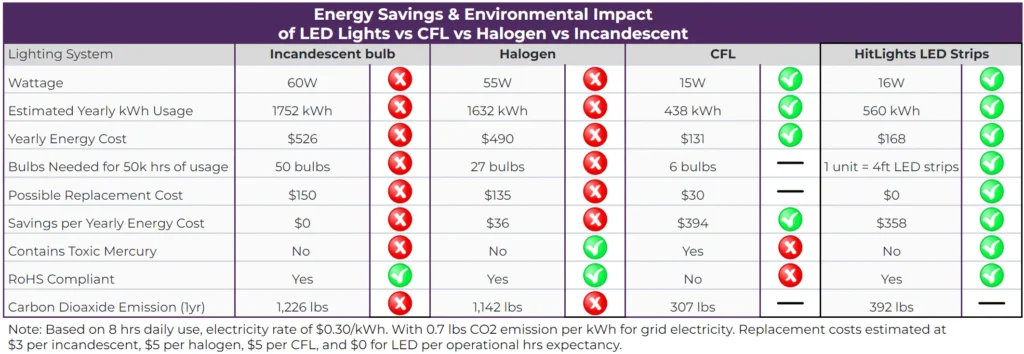
Bonus Electrical Upgrades That Boost Efficiency and Comfort
Other home improvements complement the big three:
- Programmable and Smart Thermostats: These adjust heating/cooling around your schedule, saving 10-15% on energy bills and improving comfort.
- Motion Sensors and Timers for Lighting: Especially for outdoor or infrequent-use rooms, they reduce wasted energy.
- Solar Power Integration: Combined with panel upgrades, solar reduces monthly bills and can generate credits with net metering.
How to Choose and Implement For Top 3 Electrical Upgrades?
- Assess Your Setup: Check home lighting, panel age, and tech savvy. Panel upgrades often come first for older homes.
- Start with LEDs: Replace bulbs with ENERGY STAR-rated LEDs—affordable and quick.
- Plan Panel Upgrades: Hire licensed electricians to evaluate and upgrade safely.
- Consider Smart Panels: For maximum control and safety, budget permitting.
- Look for Incentives: Federal and local rebates/tax credits offset costs.
- Prioritize Safety: Ensure professionals handle panel and complex electrical work.

The “Oh No!” Fund: How Much to *Really* Save for Emergency Home Repairs
Understanding “Green Loans”: Financing for Energy-Efficient Home Upgrades
Personal Loan vs. Home Equity Loan (HELOC): What’s the Smartest Way to Fund a Renovation?


